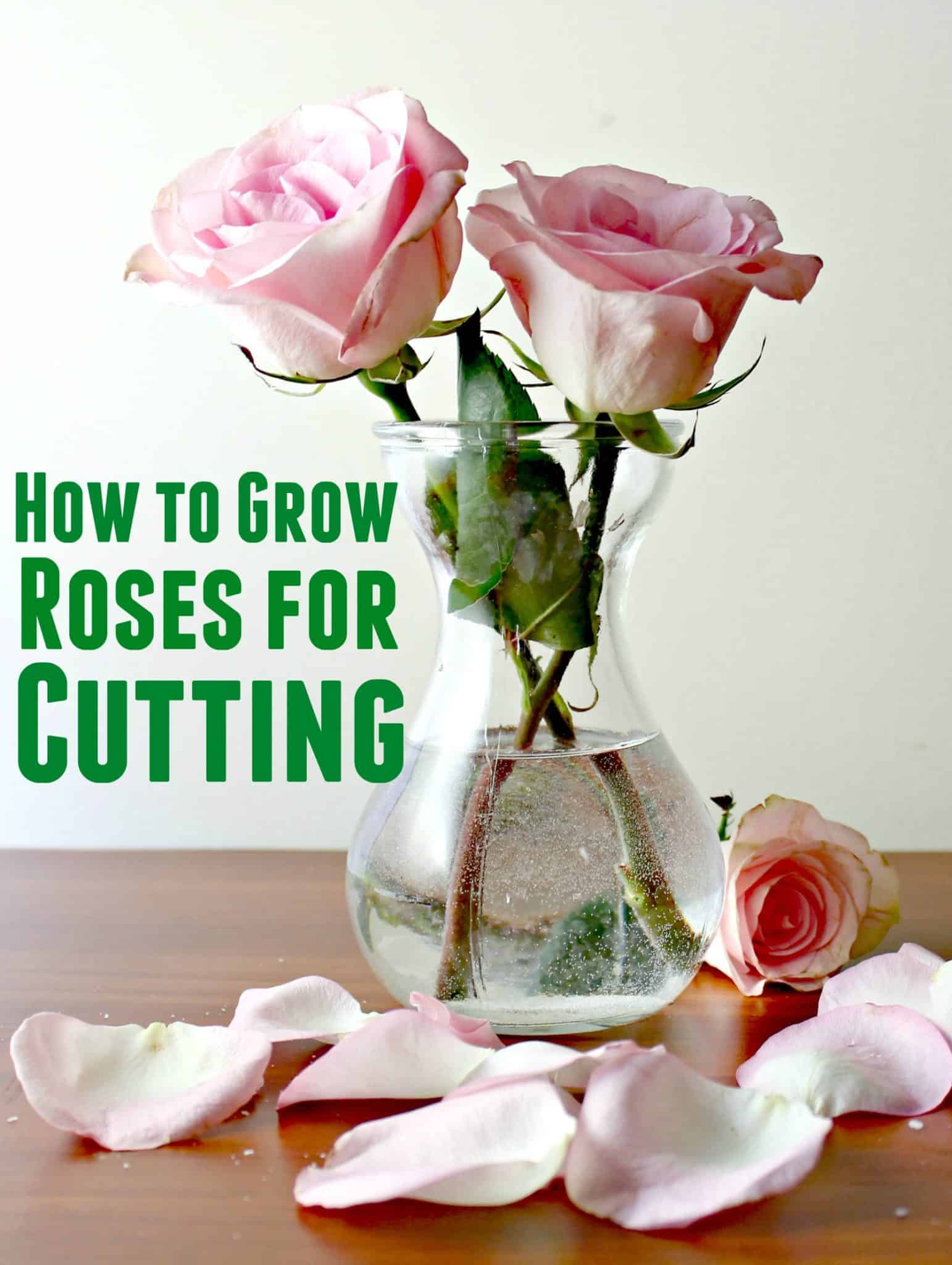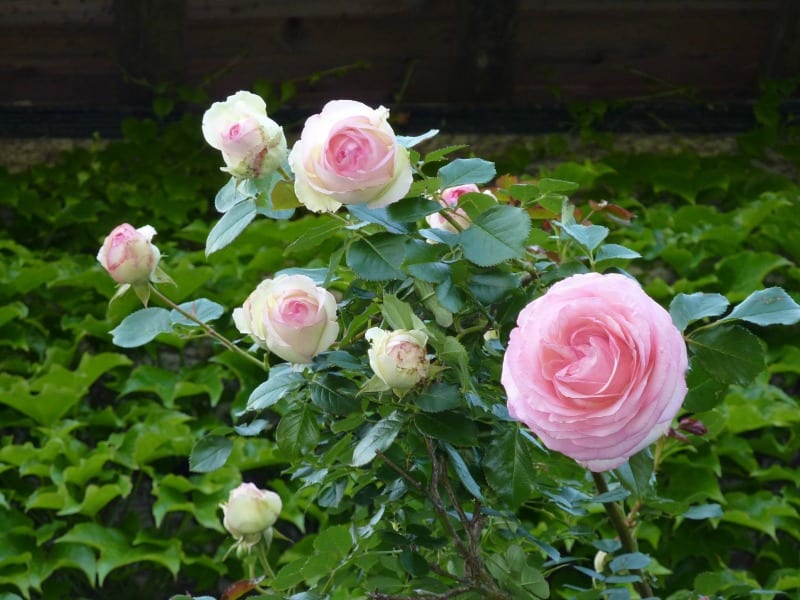Last Updated on May 15, 2022 by Ellen Christian
Learning how to grow roses for cutting will allow you to have fresh flowers to display all through the summer. I love walking outside in the summer and smelling the roses growing in my backyard. Flower gardening is one of my favorite pastimes.
Posts may be sponsored. This post contains affiliate links, which means I will make a commission at no extra cost to you should you click through and make a purchase. As an Amazon Associate I earn from qualifying purchases.
How to Grow Roses for Cutting Gardens
Not only are roses beautiful, but they’re also wonderfully fragrant. They can be enjoyed in cut flower displays, dried flower arrangements, and a variety of different crafts. If you grow the roses without using pesticides, you can add the fresh rose petals to salads or make a pot of rose petal tea. The possibilities for using rose petals are truly endless.
There are many different types of roses you can grow in your backyard. Certain varieties are better for cutting than others. My top five favorite roses for cutting gardens are Iceberg (white), Bewitched (bright pink), Julia Child (yellow), Mister Lincoln (deep red), and French Lace (cream).
These roses tend to last the longest after they’re cut and hold their shape well. If you’d like to keep your cut roses fresh longer, check out this post on how to make cut roses last longer.
Roses can be a bit fussy about how and where they’re grown. They will need at least six to eight hours of direct sunlight each day to have the most blooms. In hotter locations, they will do best with some protection from the heat of the afternoon sun. In cooler areas, growing them against a rock wall or fence will help provide the added warmth they’ll need to overwinter well.
Drainage is important when choosing a location for your roses. They need to have good drainage with soil that can hold moisture well. They will do best in a soil that has a pH of between 6.5 and 7. If your soil doesn’t have this pH balance, you may want to consider growing your roses in raised beds and amending the soil with extra organic content. Roses love compost and will bloom best in a healthy soil with added nutrients.
Adding a layer of mulch around your roses will not only help retain moisture but will help prevent weeds from growing. As the mulch breaks down, it will turn into compost which will help nourish the soil around your roses.
Your roses will need to be fed rose food containing nitrogen, phosphorus, and potassium. You can purchase ready-made rose food at your local garden center in either a liquid or a granulated form. If you prefer a do it yourself rose food, roses will appreciate compost, rotted manure and an emulsion made from fish and seaweed.
Regularly remove any dead, weak or sick growth from your rose bushes. Regular pruning will encourage new growth and help prevent disease. Removing dead roses will encourage reblooming throughout the season. Never tear or break the flowers to remove them. Breaking or tearing can damage the rose bush. Instead, use a sharp pair of scissors to cut the rose from the plant.
Be certain to choose a rose that will be hardy to your location. In colder areas, roses may need to be protected from freezing temperatures. The base of the rose bush should be covered with at least 12 inches of organic matter like leaves or hay. This protection should be removed in the spring when the danger of frost has passed. Some people find that rose bushes for cut flowers are hardier in their area than they thought.
Following these tips will help you have disease-free roses, but if you do find you need some type of pest control, Neem oil is a botanical insecticide that should remove most pests from your rose garden. It is an organic insecticide, but care should be used since it will eliminate all pests, both good and bad.
How that you know how to grow roses for cutting gardens, which one do you want to try first? You may want to try to make rose water with your roses.
More gardening articles
- How to Choose the Best Edible Flowers
- Best Fall Flowers for Bees
- Beneficial Plants for Your Garden
- Flowers that can take full sun all day long
- Cut roses care

Ellen is a busy mom of a 24-year-old son and 29-year-old daughter. She owns six blogs and is addicted to social media. She believes that it doesn’t have to be difficult to lead a healthy life. She shares simple healthy living tips to show busy women how to lead fulfilling lives. If you’d like to work together, email info@confessionsofanover-workedmom.com to chat.





4 thoughts on “How to Grow Roses for Cutting Gardens”